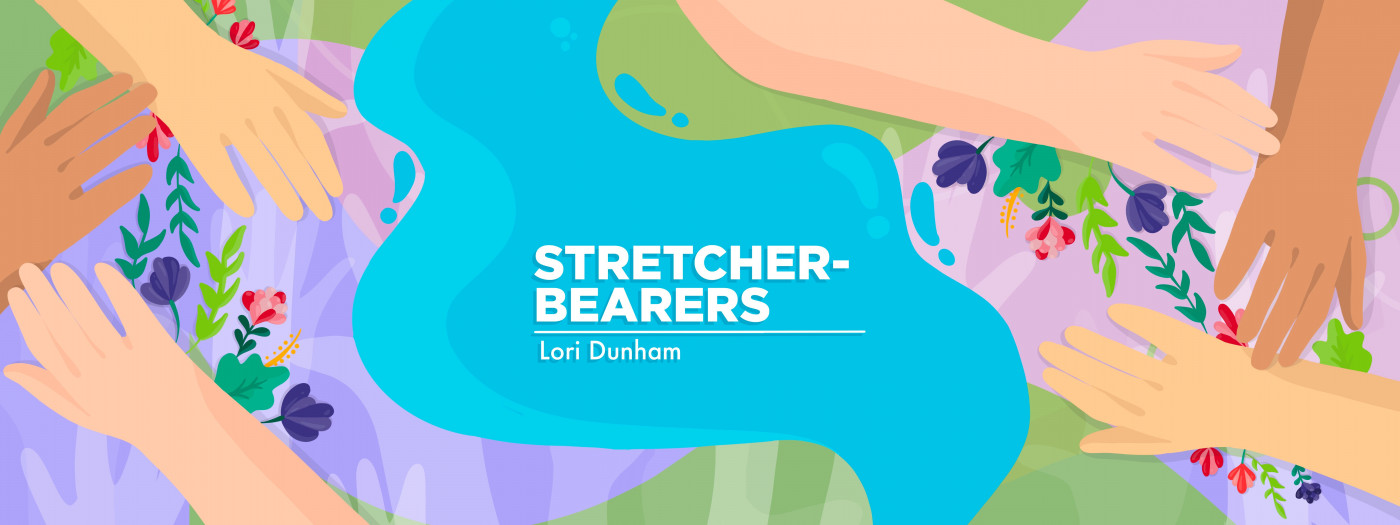The LEMS community is making progress through advocacy
I've noticed several positive changes in the past few years
Written by |

When our daughter Grace was diagnosed with Lambert-Eaton myasthenic syndrome (LEMS) at age 15, I didn’t think anything good could come of it. However, as time has passed and her health has improved, I’ve found that some things have changed for the better.
One positive result is Grace’s interest in helping people who face health crises. She’s chosen to pursue a bachelor’s degree in human services with a minor in advocacy — a decision very much influenced by her experience with LEMS. Even better, a career in patient advocacy or human services complements her strengths and interests quite well.
So when we were given the opportunity to represent the LEMS community at the American Neurological Association’s (ANA) annual meeting in Orlando, Florida, earlier this month, we enthusiastically said yes. Grace saw the event as a great chance to learn what it means to advocate for herself and others like her.
Before the ANA conference, we had the privilege of attending two Muscular Dystrophy Association conferences in 2022 and 2023. This time, however, we saw a marked difference in our interactions with neurologists and medical students, which encouraged us.
Making progress
At past conferences, when a medical student would come to our table, we’d ask if they’d heard of LEMS. Many of them hadn’t. But this time, every single student we talked to had learned about the condition. Apparently, medical schools are covering LEMS more extensively, alongside myasthenia gravis (MG). Multiple students shared that their school taught them to decipher the difference between LEMS and MG.
Another noticeable difference at the ANA conference was that the neurologists were asking questions, too. In years past, it seemed like we were the ones asking all the questions. This time the doctors were interested in learning about how the disease presented in Grace, how long it took her to get diagnosed, what the misdiagnoses were, and what tools were used in her diagnosis.
I came away from this conference feeling, once again, deeply appreciative of those who dedicate their life to advancing treatments and finding cures for LEMS and other diseases.
Knowledge is power, and I believe we’re a stronger community today than we were four years ago. We are collectively working to educate our neurologists, primary care physicians, and medical teams.
We each have a voice, and our voices are making a positive difference.
Note: Lambert-Eaton News is strictly a news and information website about the disease. It does not provide medical advice, diagnosis, or treatment. This content is not intended to be a substitute for professional medical advice, diagnosis, or treatment. Always seek the advice of your physician or other qualified health provider with any questions you may have regarding a medical condition. Never disregard professional medical advice or delay in seeking it because of something you have read on this website. The opinions expressed in this column are not those of Lambert-Eaton News or its parent company, Bionews, and are intended to spark discussion about issues pertaining to Lambert-Eaton myasthenic syndrome.





Leave a comment
Fill in the required fields to post. Your email address will not be published.